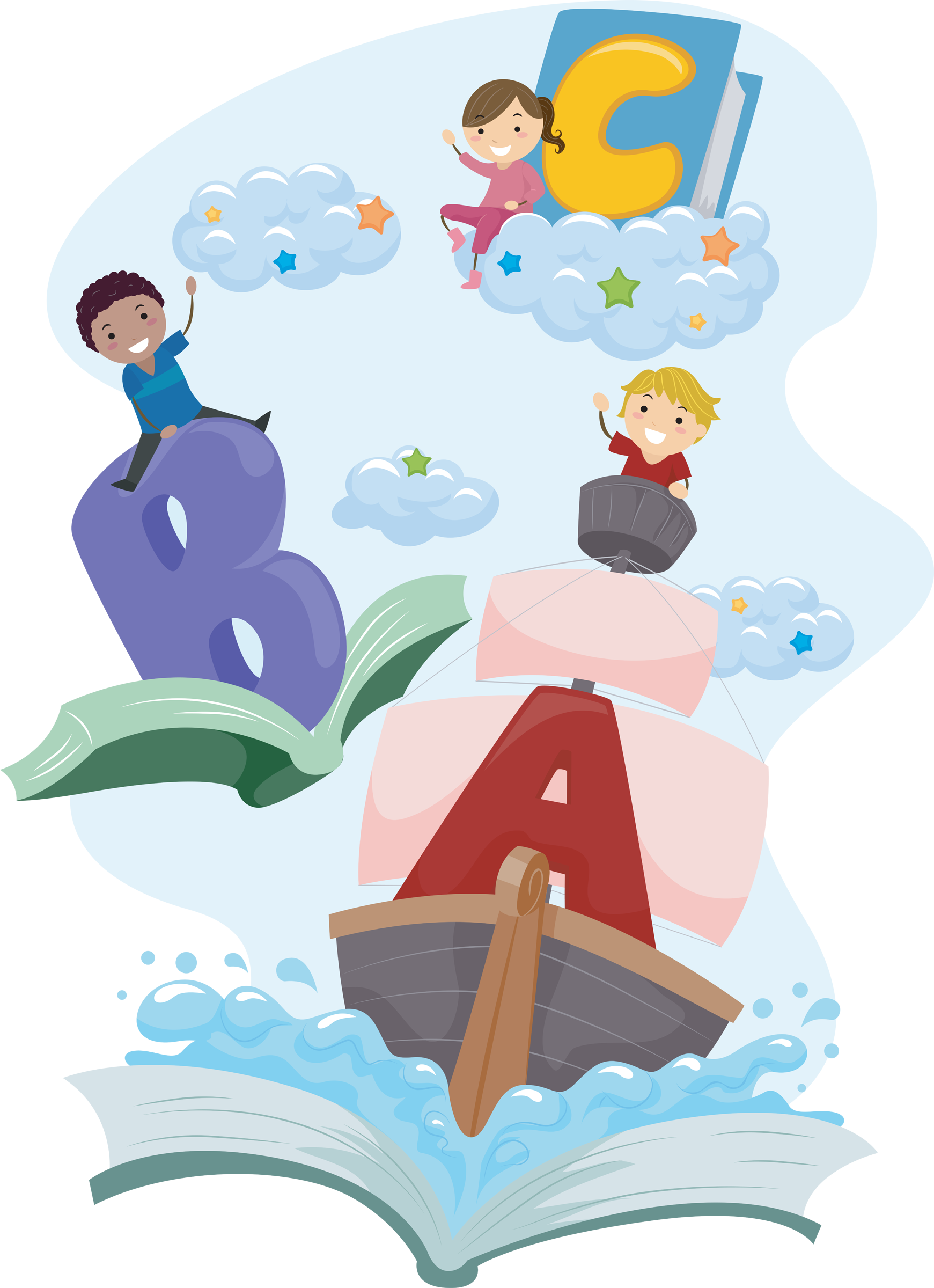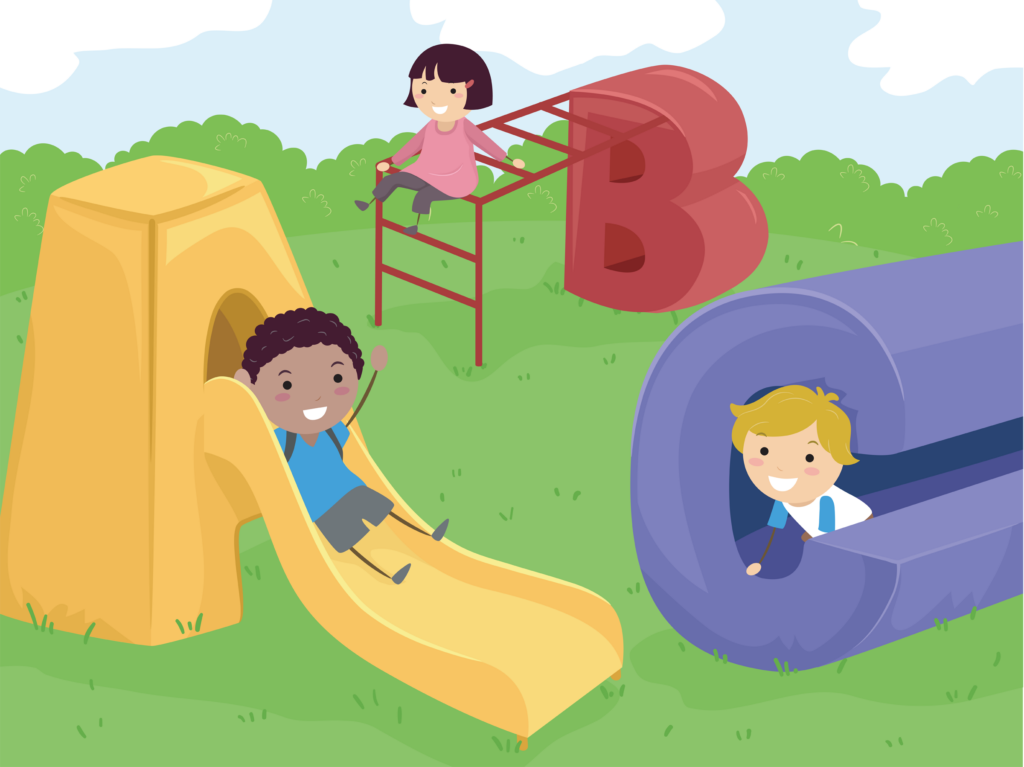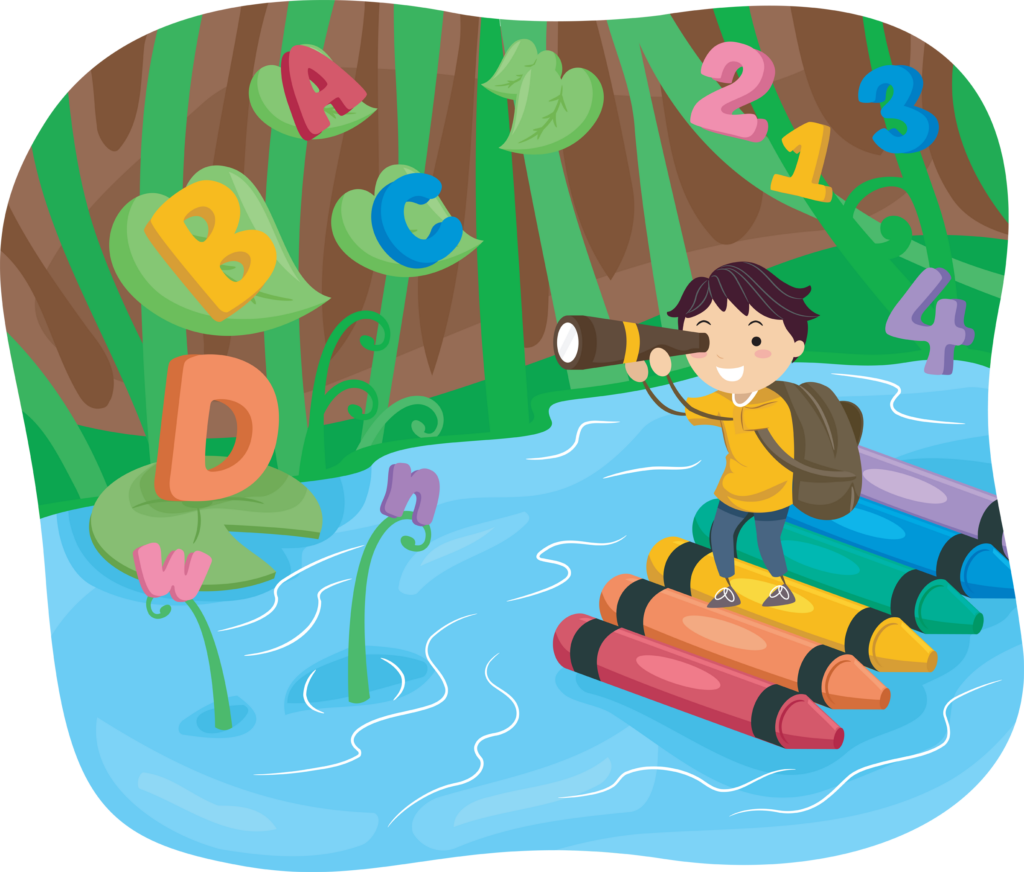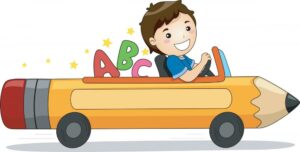
Embarking on the adventure of learning the English alphabet marks a significant milestone in a child’s journey towards literacy. This crucial first step opens the door to a world brimming with words, sentences, stories, and ultimately, a rich array of knowledge. As an educator or parent, you play an absolutely pivotal role in this exciting process. You are the guiding light, shaping their basic understanding and fueling their curiosity about the world of letters.
To make this learning journey not only productive but also joyous, we bring you an array of creative, stimulating, and highly effective strategies. These tips are designed with the understanding that every child is unique, and therefore their learning styles and contexts can vary greatly.
We wholeheartedly encourage you to dive into these methods, adapting and tailoring them as necessary to create a learning environment that is as diverse and dynamic as the children themselves. Remember, when it comes to teaching the English alphabet, the goal is to ignite a spark of enthusiasm that transforms this foundational education into a lifelong love for learning. So, let’s get started on this exciting endeavor!

Tips for Teaching the English Alphabet
Here are some creative, engaging, and effective tips to help facilitate this process, considering diverse learning styles and contexts.
- Singing the Alphabet Song: Music is a universal language that unites us all. The Alphabet Song, with its catchy tune, makes learning the 26 letters a joyous experience. Encourage children to sing along, gradually introducing the corresponding visuals of the letters. This not only provides auditory stimulation but also helps cement visual recognition.
- Alphabet Books: A plethora of children’s books are available that focus on the alphabet. These books often use alliteration, rhyme, and colorful illustrations to capture a child’s imagination. Reading these books together can be a bonding experience, fostering a love for reading and language from an early age.
- Flashcards: Flashcards, whether store-bought or homemade, are a traditional and still effective tool. They help children identify individual letters and also provide an opportunity to introduce phonetics. Customize your approach depending on your child’s needs – for children who are visual learners, colorful, picture-rich flashcards can be especially helpful.
- Alphabet Puzzles: These interactive toys encourage children to match letters with corresponding slots, enhancing their cognitive abilities while reinforcing their letter recognition. Puzzles also help develop fine motor skills, an added benefit to this learning strategy.
- Alphabet Games: Turn learning into playtime. Games such as ‘I Spy’, ‘Alphabet Memory Match’, or ‘Letter Scavenger Hunt’ can make learning the alphabet fun and interactive. Games offer a friendly competition that motivates children to participate actively.
- Teaching Letter Formation: Once children can recognize letters, teach them how to form each letter. Use a variety of mediums like sand, playdough, or even finger-painting. This tactile approach caters to kinesthetic learners and adds an element of fun to the learning process.
- Incorporating Technology: With the advent of various educational apps, learning the alphabet has never been more accessible. These apps offer interactive activities and games tailored for different age groups. However, remember to balance screen time with other activities to foster well-rounded development.
- Real-World Learning: Incorporate the alphabet into daily life. Point out letters on street signs, in stores, or in books. This real-world connection helps children understand the practical application of what they’re learning.
- Patience and Praise: Remember, every child learns at their own pace. Be patient, and celebrate small victories along the way. Positive reinforcement boosts a child’s confidence and makes them more eager to learn.
- Inclusivity: Finally, remember that learning needs vary greatly. Whether a child has a learning disability, comes from a multilingual background, or is simply shy, adapt your methods to suit their unique requirements. Inclusivity in education is not only fair but also enriches the learning environment for all.

Remember, learning the English alphabet is more than just memorization. It’s about making connections, sparking curiosity, and nurturing a lifelong love for learning. So, whether you’re a teacher in a bustling classroom or a parent in a cozy living room, know that your efforts are shaping the future, one letter at a time. Keep the journey joyful, diverse, and inclusive, and watch as these little learners transform into confident readers and writers.


